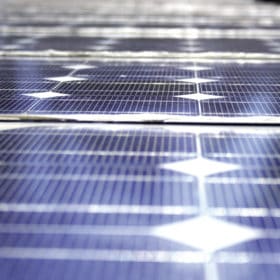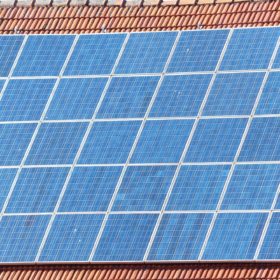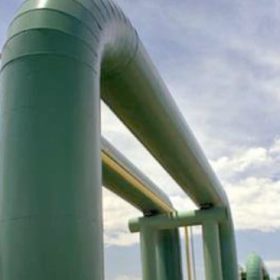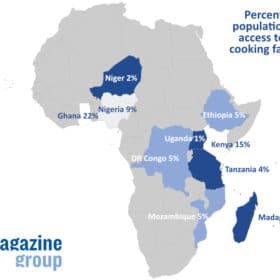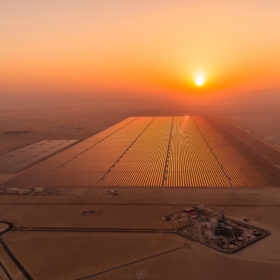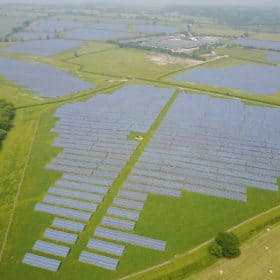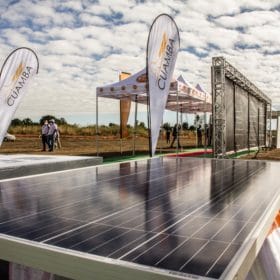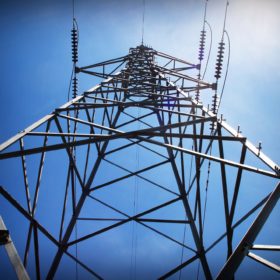Plan to double size of 20 MW Madagascar solar park
The island nation’s first utility scale solar park is set to double in size and have energy storage added, with work due to start this month.
UN wants to reduce carbon footprint of peacekeeping
The international organization has pledged to deploy clean energy generation equipment wherever possible in its global operations, with the help of the International Renewable Energy Agency.
Chinese PV Industry Brief: New incentives for rooftop PV, TBEA increases stake in Xinte
China’s National Development and Reform Commission (NDRC) has allocated RMB500 million (US$78.1 million) for the incentive scheme for residential PV in 2021. Chinese electronic engineer TBEA is set to raise its controlling stake in polysilicon manufacturer Xinte Energy as it attempts to fund a planned 100,000-tons-per-year fab in Inner Mongolia.
Industrial green hydrogen could become a global commodity but local production is needed for transport uses
Long distance, point-to-point transport of green hydrogen for industrial use can harness the cheap solar electricity available in some parts of the world but distributing the energy-storage gas to individual refueling stations, for vehicle fuel cell use, will likely have to depend on production nearby.
Niger joins the Scaling Solar club
The government wants 30% of its power from clean energy sources by 2035 and the 50 MW of solar targeted by the World Bank would make up two-thirds of that ambition.
Phase V of Dubai solar park to take shape before Phase IV
Utility DEWA has announced the first 300 MW of the fifth phase of the Mohammed bin Rashid Al Maktoum Solar Park will be commissioned next month, with the first stage of the fourth phase due to arrive two months later.
UK renewables developer Anesco changes hands
Private equity funds in Ireland and the U.S. have moved for the English company, which developed and sold the first subsidy-free solar farm in England, the 6 MW Clayhill project in Flitwick.
UK and Norwegian governments back solar-plus-storage in Mozambique
A solar array planned in the Tetereane district of Cuamba has been described by its developer as the nation’s first independent power project to feature utility scale storage.
Chinese PV Industry Brief: Canadian Solar plans 3 GW inverter factory
Moreover, Linyang Energy announced a plan to build a 10 GWh lithium-ion battery manufacturing facility in Qidong city, Jiangsu province. Chinese state-owned lender China Development Bank (CDB) has allocated RMB500 billion in special loans to support projects in the energy sector to help China reach its decarbonization targets
Dutch grid company notifies further lengthy bottlenecks
The final 980 MW of transmission capacity in parts of the Friesland regional grid have been allocated to generation projects, and state-owned network business Tennet says bottlenecks could occur over the next seven years.


